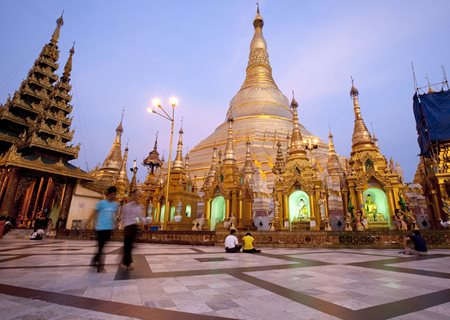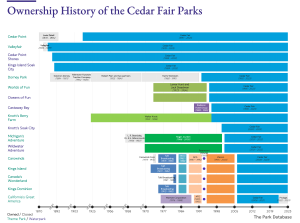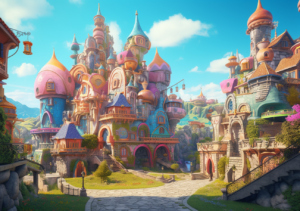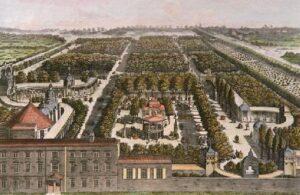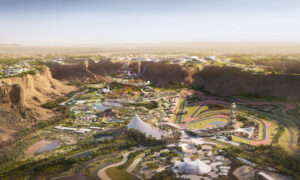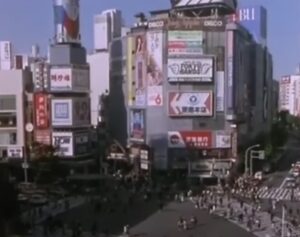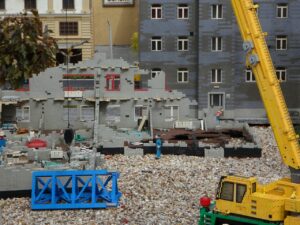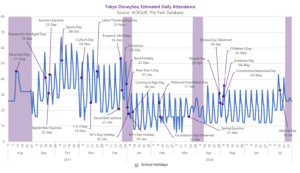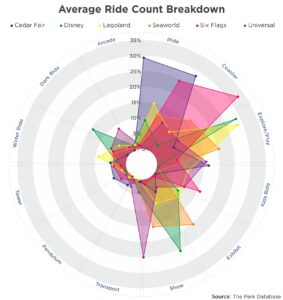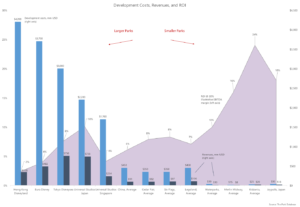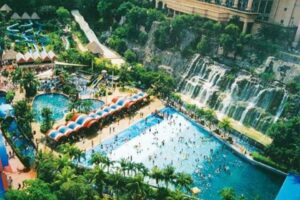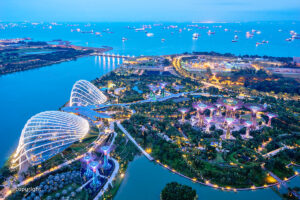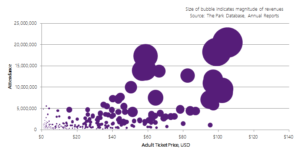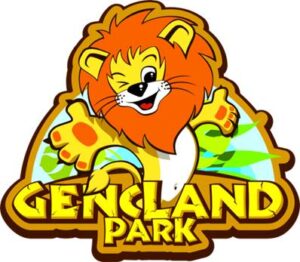We were recently invited to present a paper on the potential of a theme park in Myanmar, at the Myanmar Infrastructure Summit on March 30th.
At the Park Database, we often draw comparisons between theme parks and infrastructure projects due to their long-term impacts, involvement of the government, and public benefits, and so we were delighted to share our thoughts.
View the presentation on Scribd below, and scroll down on this page for notes! Thanks for viewing.
- What is a theme park? In this day and age of virtual everything, successful theme parks bring people together in a physical environment. They are characterized by high levels of traffic flow and attendance. The business model is usually through tickets, F&B, and merchandise.
- Why theme parks? One major reason is that theme parks raise the value of land around it. With daily traffic of thousands to tens of thousands, they are cities within cities. Can support peripheral land uses such as hotel, other resort, retail, parking, etc. Has major implications to land use planning.
- Governments recognize this, and often seek to build theme parks as gifts to the people.
- They also recognize that economic impacts are high. Multiplier, or ripple effects, come in the form of direct and indirect impacts during construction and ongoing operations. These come in the form of local employment, local sourcing/contracting, local spending by tourists and other guests.
- Thus, you can often think of theme parks as a type of ‘infrastructure’. They are costly to build, but have monopoly characteristics in that it becomes undesirable/unnecessary to build others like in the same area, last a very long time (decades), and serve a public good.
- Yangon would be the best place for an attraction in Myanmar. In terms of development, 50% of income levels of Bangkok and ~similar to Saigon in terms of income levels. IMF estimates that per capita GDP has grown at 8% on a PPP-adjusted basis over the past few years. If this growth is extrapolated over 10 years (no guarantees), this would equate to $17,000 eventually.
- There are many types of theme parks. So the first implication to Yangon is to scale accordingly. Perhaps start with an indoor attraction, move to a show extravaganza showcasing the cultural heritage of Myanmar, perhaps a waterpark next, then a major ride park. Development costs for attractions move in an exponential step function, so important to ‘climb the ladder’ of types.
- Next implication. Theme parks = a type of infrastructure. Accordingly, governments are involved in a very large number of theme parks worldwide. Gov’t. is a shareholder in both theme parks in Hong Kong (Disney and Ocean Park), in Tivoli Gardens in Denmark, subsidizes parks in China, and is very involved in many/most(?) parks in the Middle East, like Ferrari World.
- So, consider a Public Private Partnership.
- In an extreme example, the Hong Kong government funded more than 80% of the $4b cost of Hong Kong Disneyland.
- Yangon, like other SE cities, is undergoing very high land price growth as a result of urbanization + income growth + population growth. According to Knight Frank developable land price index, prices of urban land grew 40% over 4 years in Asia.
- Reserve the land while land is less expensive. Must be a master planning / public-private exercise. Theme parks can be from 5,000 – 500,000 square meters.
- Theme parks reward long-term thinking. Theme parks have been around for a very long time in most major metropolises: 20-60 years, and have been generating not only revenues, profits, but also positive economic impacts for generations.
